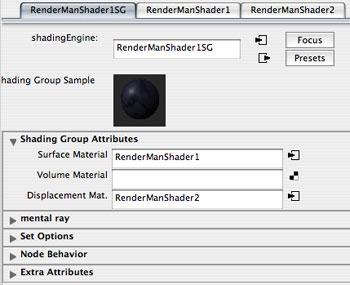


Slow, and few tweakable parameters to optimise render speed.Small number of parameters to tweak compared with Mental-Ray.In conclusion for my purposes Renderman has the following benefits/weaknesses:
#Renderman shading rate license#
Furthermore, to use Tractor for distributed rendering you need a floating license and the non-commercial licence is node-locked – so I can’t even take advantage of any extra computers I have lying around. this is not variable rate shading Yep, I was wrong. only turing supports variable rate shading and this option is available on non turing cards. shading rate is the amount of shading per pixel. From my limited tests the Shading Rate parameter has very little effect on the resulting speed, and I can’t even find the Pixel Samples parameter it talks about. Great ambient occlusion can be rendered with a small radiosity shading rate, and there is little difference in the render times between the various render radiosity shading rates. edit: this other thread says the same thing. The smoke shading process is much simpler than the fire currently the user only has access to a color and opacity control. There is a document on this here, and the main factor appears to be resolution (which you can’t change if you’re rendering for compositing into live footage). The number of samples is the effective sampling rate in the horizontal and vertical directions. However, from what I can see there are fewer ways to optimise the speed of the render. such a large reliance on shading, increasing the shading rate significantly speeds up the time it takes to render a frame, although, a noticeable increase of texture artifacts can be noticed. Quality-wise I think the Renderman results are exceptionally good, and much easier to get clean results than with Mental-Ray. provides a negative Value, the minidriver should set the P-Frame rate to the default value. Its worst with the newer shaders, using the new raytracing implementations in each one and best with the older shaders. A shading rate smaller than 0.25 will usually result in your render times escalating, and the extra expense might not be worth it. Supports switch/hsl shaders for Anrold, V-Ray, Renderman. And for the most part, converting the shaders will be just a simple matter of recompiling them.some may not compile in Renderman, but theres a very high rate of compatibility between 3DL and Prman, at the shader level. A shading rate of 0.25 to 0.5 is typical for production-quality renders because this will make each micropolygon one quarter to half the size of a pixel. There is some documentation on the Renderman website to explain the process in more detail here. A shading rate of 1 is a good mid-high level of detail.


 0 kommentar(er)
0 kommentar(er)
